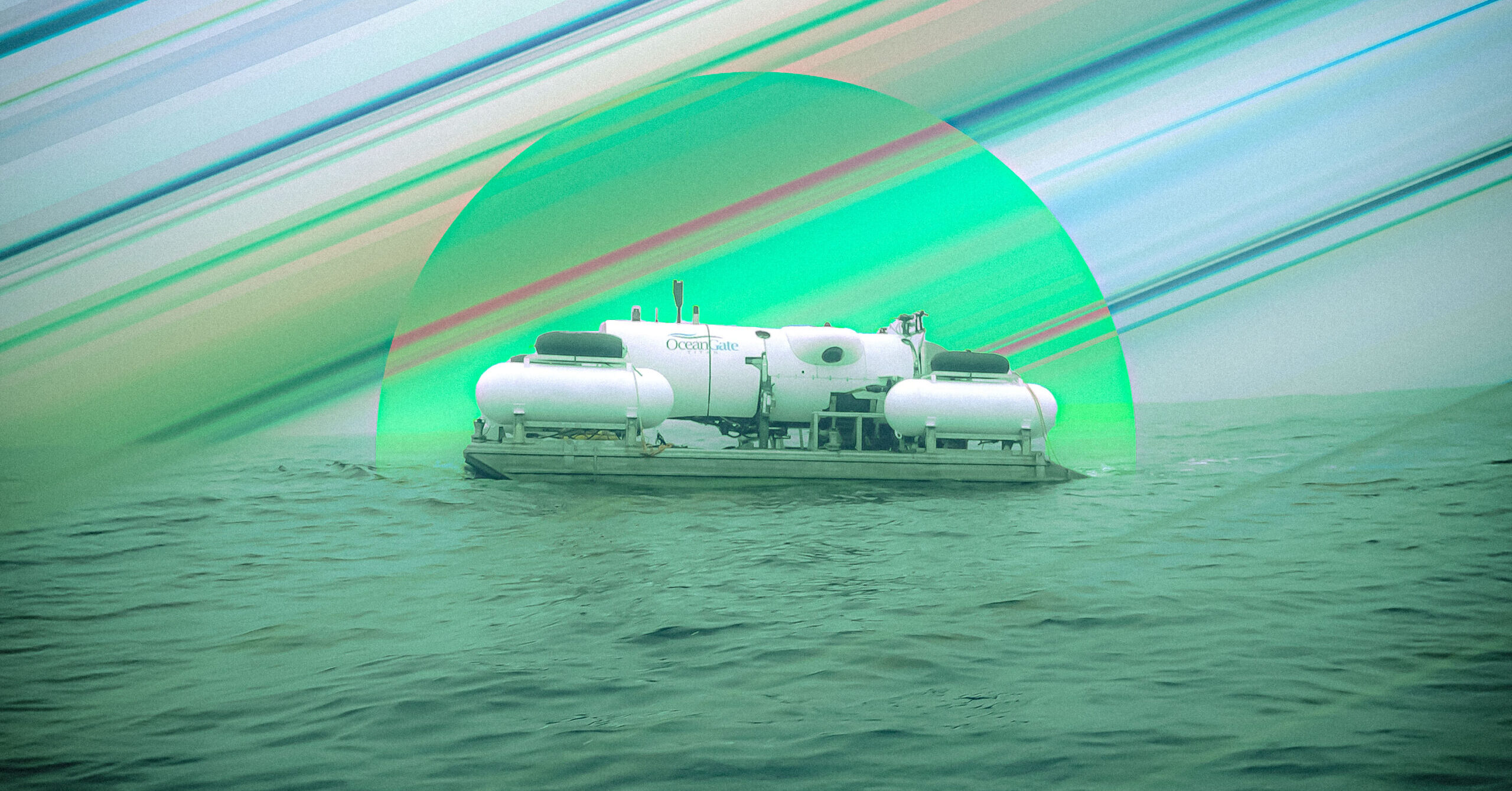
Stockton Rush and the Titan: The Deep-Sea Dream That Ended in Tragedy
It’s been nearly two years since the disappearance—and ultimately the catastrophic implosion—of OceanGate’s Titan submersible. The world watched in stunned silence as news broke about the lost vessel, which had descended toward the Titanic’s wreckage before losing contact just 90 minutes into the dive. Onboard were five passengers and a mere 40 hours of breathable air. The public’s worst fears took over: claustrophobic terror, deep-sea doom, and the haunting possibility of a slow, helpless death. But what’s even more horrifying is how preventable the tragedy might have been.
The man at the center of it all, Stockton Rush, wasn’t some madman in the shadows. He was a pitchman—a visionary in his own mind—who said he’d always wanted to be an astronaut. With a Princeton aerospace engineering degree and early career in aviation, Rush eventually set his sights on the ocean floor. In 2009, he co-founded OceanGate, a company built to take private citizens to the Titanic in a sub of his own design. The result was Titan—a five-person vessel with a carbon fiber hull that he claimed was cutting-edge. The truth was, it was deeply flawed.
Also Read:- Shai Gilgeous-Alexander Faces His Toughest Test Yet in Thunder’s Game 3 Collapse
- Jalen Williams Brings Laughter to NBA Finals with Bold Fan Prank
Documentaries by Netflix and Discovery are now pulling back the curtain on the hubris and oversight that led to disaster. The warning signs were there—loud, constant popping noises from the hull during test dives, vocal concerns from engineers, red flags from experts like James Cameron. Yet Rush ignored them all. He fired whistleblowers like David Lochridge, dismissed safety protocols, and told passengers the dive was safer than scuba diving. He used a modified Logitech game controller to pilot the craft. It sounds absurd, even comedic, until you remember people died.
The documentaries show Rush’s determination not as innovation, but as recklessness. He downplayed concerns and surrounded himself only with those who would echo his vision. Engineers like Tony Nissen were pushed out when they refused to get on board—literally. What emerged wasn’t a marvel of engineering, but a high-risk gamble passed off as a deep-sea tourism miracle. And Rush took that gamble with other people’s lives.
The Titan, we now know, failed almost instantly—its carbon fiber hull crumpling under pressure, the passengers killed in an instant. In some ways, that was the only mercy. The aftermath, though, leaves us with bitter questions: Why weren’t regulations enforced? Why were warnings ignored? And how did one man’s delusion lead to the deaths of five?
James Cameron later said it plainly: “These guys broke the rules. It’s that simple.” But the deeper truth is even harder to accept. Stockton Rush didn’t just break the rules—he rewrote them to fit his fantasy. He believed so strongly in a flawed machine that he went down with it, along with four innocent people, in the cold shadow of the Titanic. And now, in these documentaries and the forthcoming U.S. Coast Guard report, we are forced to relive how an avoidable tragedy became a cautionary tale—one where ambition outpaced accountability, and blind faith in innovation drowned common sense.
Read More:



0 Comments